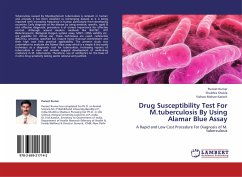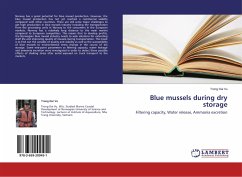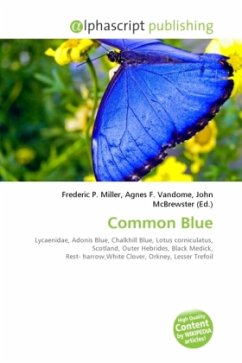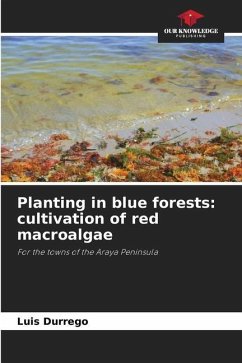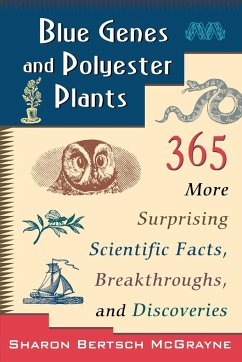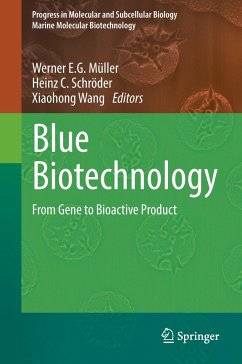
Getting the Basidio Blue prints
Ganoderma lucidum
Versandkostenfrei!
Versandfertig in 6-10 Tagen
32,99 €
inkl. MwSt.

PAYBACK Punkte
16 °P sammeln!
Ganoderma lucidum (Leyss. ex Fr.) Karst. (Ling Zhi) (Aphyllophorales) (the family Polyporaceae) was first indexed in the Shen Nong s Materia Medica (206 BC 8 AD) as a longevity-promoting and tonic herb of the non-toxic superior class, and has been used in traditional Chinese medicine (TCM) for more than 2000 years to prevent and/or treat various human diseases such as hepatitis, chronic bronchitis, gastritis, tumor growth and immunological disorders. According to Fuzheng Guben , one of the major TCM therapeutic principles, Ganoderma lucidum (Gl) is capable of strengthening body resistance and ...
Ganoderma lucidum (Leyss. ex Fr.) Karst. (Ling Zhi) (Aphyllophorales) (the family Polyporaceae) was first indexed in the Shen Nong s Materia Medica (206 BC 8 AD) as a longevity-promoting and tonic herb of the non-toxic superior class, and has been used in traditional Chinese medicine (TCM) for more than 2000 years to prevent and/or treat various human diseases such as hepatitis, chronic bronchitis, gastritis, tumor growth and immunological disorders. According to Fuzheng Guben , one of the major TCM therapeutic principles, Ganoderma lucidum (Gl) is capable of strengthening body resistance and improving constitutive homeostasis in patients (Lin, 2001). The name Ganoderma is derived from the Greek ganos/ "brightness, sheen", hence "shining" and derma/ "skin", while the specific epithet lucidum in Latin for "shining" and tsugae refers to being of the Hemlock (Tsuga). Another Japanese name is mannentake, meaning "10 000 year mushroom" (Liddell et al., 1980). The genus Ganoderma wasnamed by Karsten in 1881. Members of the family Ganodermataceae were traditionally considered difficult to classify because of the lack of reliable morphological characteristics.




